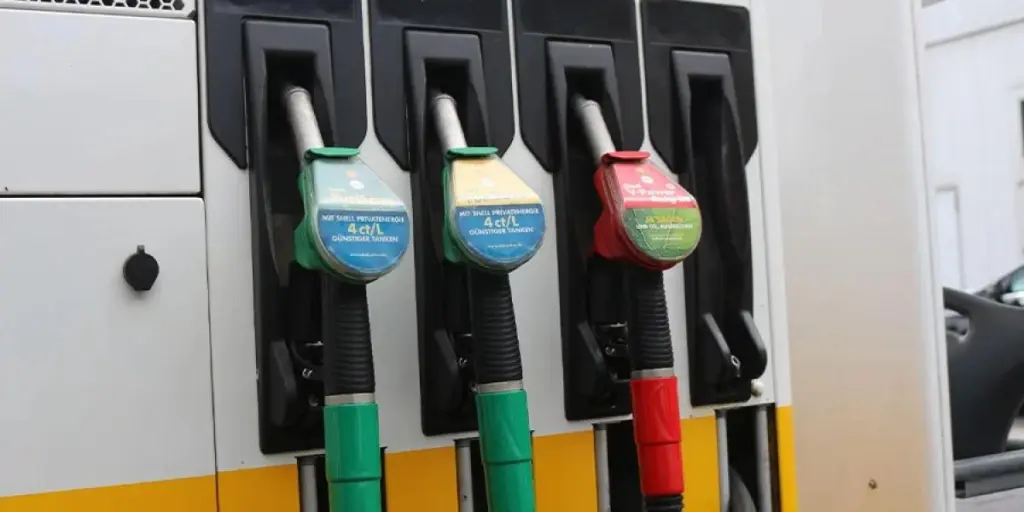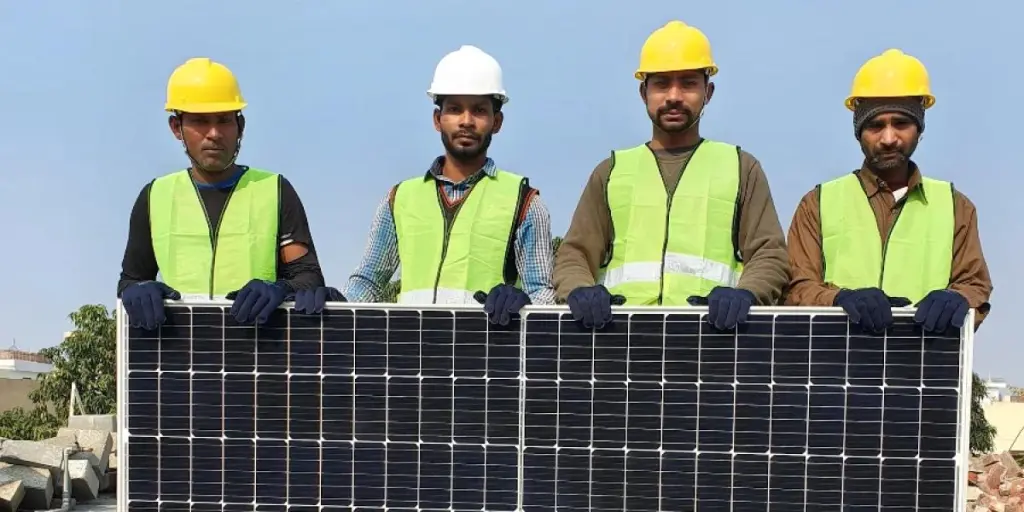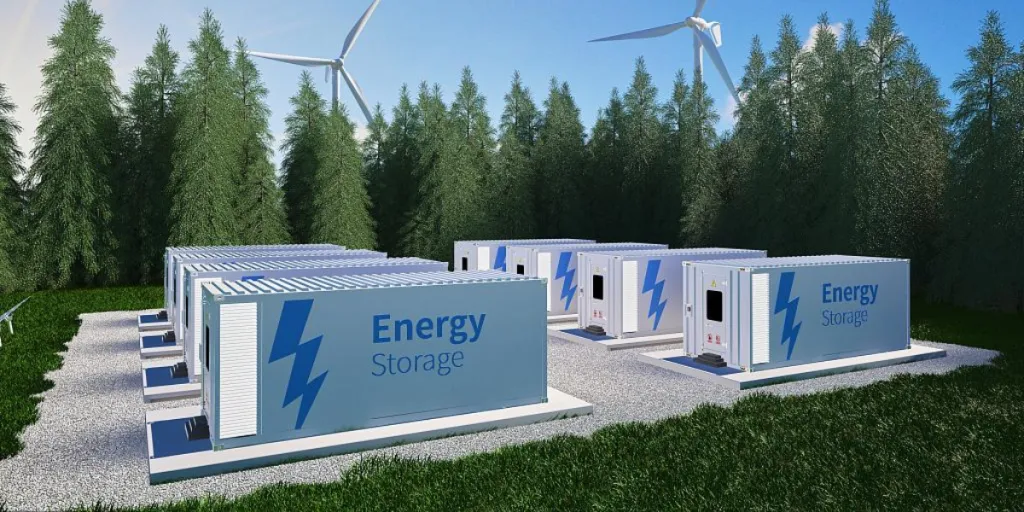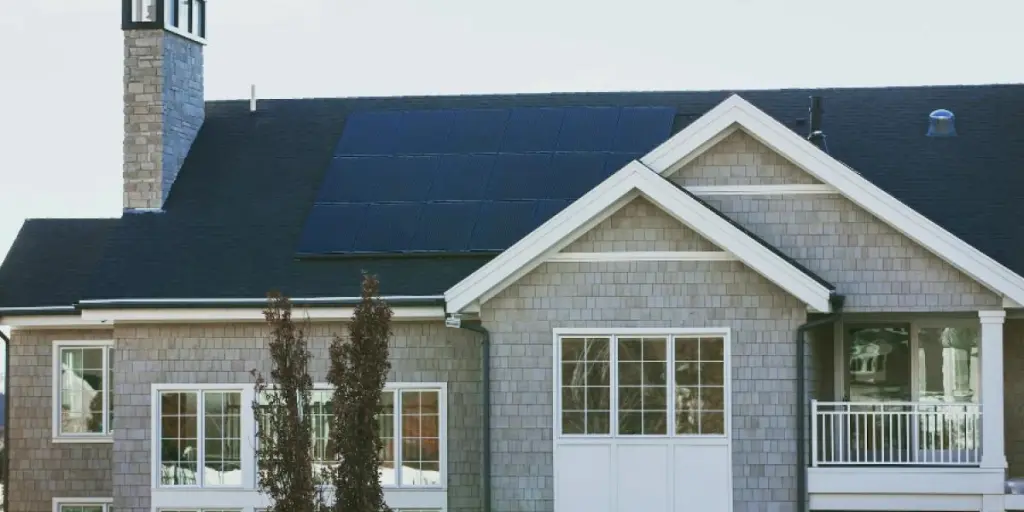Table of Contents
What is the energy crisis in Europe and why is it happening?
What impacts could the energy crisis have?
What are governments doing against the energy crisis?
What can you do to prepare for the energy crisis?
What is the energy crisis in Europe and why is it happening?
Europe has historically imported many natural resources from abroad, such as from Russia and the United States. Increasingly, however, a combination of factors has meant that the supply has been running dry while demand has continued to surge. This combination has led to what is known as the energy crisis.
Everyone has heard that sanctions imposed on Russia have led to the closure of core gas pipes to Europe, such as the Nord Stream. This has meant that European countries that are heavily reliant on liquified natural gas (LNG) from Russia, such as Germany, are facing a serious drought. However, there are many other factors influencing the lack of energy supply and the increase in demand.
– Global warming and drying up of fossil fuels: The winter of 2021 was uncharacteristically cold across the globe. This led to an increase in LNG demands for heating in the two main markets (Europe and Asia) and a decrease in supply from major exporters, such as the United States, who also required more for themselves than usual. Over summer, heat waves across the globe meant increased demand for air conditioning. However, serious droughts in Latin America led to a decrease in essential hydropower generation. Adding to this lack of supply was the fact that many of the Earth’s natural energy resources are drying up — an example being the Groningen gas field, which is set for closure this year.
– Responses to global warming: In an effort to combat global warming, governments are trying to move away from polluting energy production. The Biden administration has curtailed capital flows in the shale gas sector and many European countries have been phasing out nuclear plants, all of which has put increased pressure on energy resources. Unfortunately, the emphasis on renewable energy has been somewhat let down by suboptimal wind conditions in Europe, leaving northern countries that are reliant on wind turbines for up to one-fifth of their power supply, such as Germany and the Netherlands, with an even greater deficit. These countries have turned to coal and gas, meaning increased demand for an ever-dwindling supply.
– Global pandemic and health scare: Logistical issues also soon became a factor in the energy crisis, as temporary transportation issues in the Panama Canal as well as closures related to the global pandemic meant a stalling of energy exports. The scarcity of shipping capacity pushed LNG spot shipping rates to an all-time peak of $200,000 at the beginning of 2021 and exacerbated the supply problem.
– Post-pandemic competition: Unfortunately, alongside this decrease in supply came an increase in demand. Stimulus packages to restart the economy post-pandemic caused bolstered production to recuperate lost profits, which meant increased energy demands. According to the International Energy Agency (IEA), in the second quarter of 2021, Europe saw an increase in LNG consumption by 25% — the highest increase since 1985. Additionally, competition for these scarce resources grew, with those countries first to recover from the pandemic being first in line. China was the largest LNG importer at the beginning of 2021.
– Depleted reserves: Thanks to the issues throughout 2021, as well as the continuation of many of these issues into the foreseeable future, such as climate change and dwindling resources, global energy storage levels have been reaching historical lows. Energy reserves were overstretched last year and were unable to be refilled due to continued increases in demand, as well as increased competition and energy prices. However, due to heightened concern and the reaction to Putin’s “war of resources,” Europe has accelerated, with reserves in 2022 now at a higher 85%. This does not mean that they will be enough to cater to demand, however, and the energy crisis is set to continue.

What impacts could the energy crisis have?
The major impacts of the energy crisis will be in terms of cost and supply. The increased cost due to a supply shortage exacerbated in the extreme by the ongoing conflict in Ukraine will certainly hit individuals hardest. However, businesses will also suffer, and international relations may become strained due to reductions in exports as the supply lessens.
Impact of the energy crisis on individuals and businesses
With cost increases in energy bills, individuals may be forced to ration their use of gas, electricity, and fuel at home, while businesses may be unable to light and heat their establishments. Governments could step in to help, as has already been seen in France with its “energy check.” Ongoing fuel shortages could also mean a return to long queues at gas stations, which would disrupt supply chains and lead to food scarcity or worse. LNG represents a fifth of Europe’s electricity. It is used for heating and cooking, meaning businesses in all sectors will suffer, but especially those in hospitality.
Impact of the energy crisis on international relations
Another key issue being affected by the energy crisis is international relations. EU countries and the United States have joined forces in imposing sanctions on Russia, with the latter responding with gas cuts. Additionally, dissatisfaction with carbon tariffs for imported goods imposed on countries such as China by the US and European countries has further drawn lines in the sand.
These ruptures may prove very harmful as exporting countries adjust fossil fuel pricing and supply according to relations. This has already been seen with China almost tripling its Russian LNG imports this year to a total of $2.39 billion, sold at discounted prices due to Russia’s “no limits friendship” with China and its need for capital to overcome Western sanctions. In a very typical move, China is quietly reselling its excess gas to European countries at a hefty profit, thereby helping ease the tension at a great advantage to itself. How international relations will evolve remains unclear, but it is clear that in the “war of resources” there will be no favors.
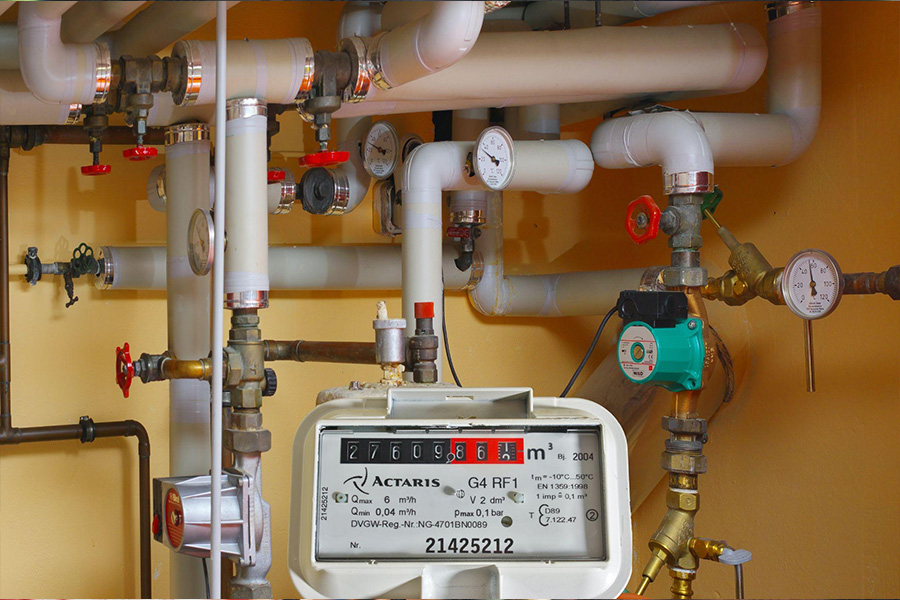
What are governments doing against the energy crisis?
The Russian-Ukrainian conflict, and the increased strain it has placed on an already dwindling energy supply, has catapulted energy reforms in Europe. The EU Commission’s RePowerEU plan aims to reduce European dependence on Russian gas through energy diversification, a reduction in the use of fossil fuels, and an acceleration of the transition to renewable energies.
The main policies pushed forward by the governments of European countries to minimize the impact of the energy crisis and tackle future energy shortages are:
– Energy savings: They aim to cut EU home and industry oil and gas demands by 5%. They will be implemented through various means, depending on the decisions of each member state, generally through the following methods:
– Short-term behavioral changes to reduce gas and oil consumption, such as using less heating in the home and driving around less. These will be encouraged through information campaigns and higher market prices.
– Tax breaks, such as reduced VAT rates on energy-efficient heating systems, building insulation, and other such energy-reducing materials and machines.
– Diversifying energy supply and supporting allies: Diversification of energy suppliers away from Russia is already underway, with record levels of LNG imports secured and new hydrogen corridors being developed in the Mediterranean and North seas. Additionally, to ensure more vulnerable states, such as the Balkans, Moldova, and Ukraine, benefit from these new energy supplies, purchasing power will be guaranteed by pooling energy purchases from all EU countries.
– Accelerating the adoption of renewables: In an effort to push things forward in this sector, the EU Commission has proposed to scale up the 2030 renewables target from 40% to 45%. This will be achieved through:
– A doubling of photovoltaic solar capacity by 2025, with legal obligations to install the panels on new public, commercial, and residential buildings.
– Doubling of heat pump deployment, with measures to integrate geothermal and solar thermal energy in modernized heating systems.
– Replacing LNG, coal, and oil in hard-to-decarbonize industries and transport sectors by setting a target of 10 million tonnes of domestically produced renewable hydrogen, as well as an import target of another 10 million tonnes by 2030.
– Increasing production of biomethane to 35bcm by 2030, to be used in heating, electricity generation, and fuel.
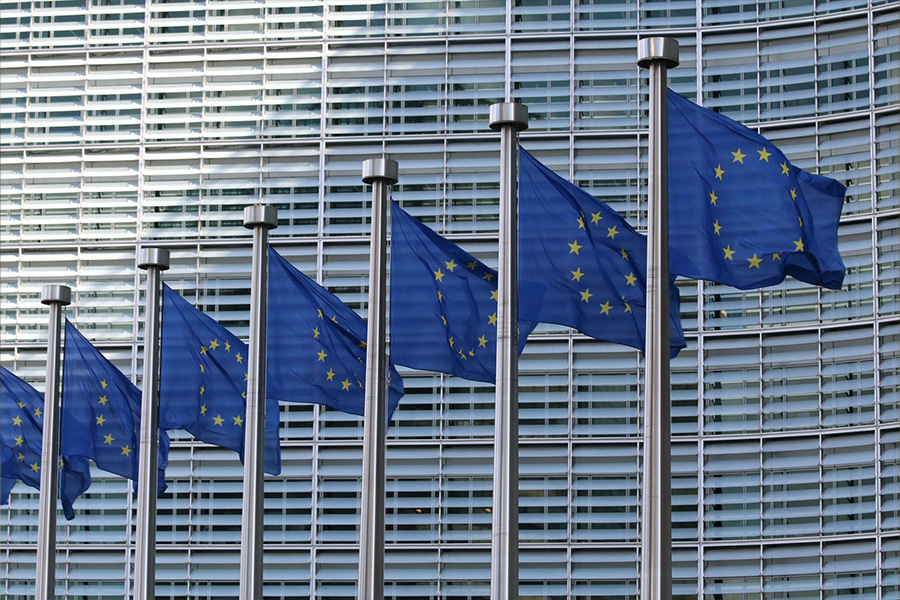
What can you do to prepare for the energy crisis?
A big part of the EU Commission’s RePowerEU plan relies on individual behaviors. 85% of Europeans agree that the EU must reduce its reliance on Russian fossil fuels, so to do that and achieve zero reliance by 2027, changes have to be made on all levels — individual to governmental. Actions include:
– Installing photovoltaic panels on homes to power electricity and solar thermal energy for heating (water and home).
– Investing in energy storage equipment to maximize energy efficiency, even when there is no sun or wind. In areas with distributed energy systems, home-generated electricity can also be sold back to the grid to be used elsewhere.
– Reducing consumption of fossil fuels by cutting down on travel and gas and oil heating.

Conclusion
The energy crisis in Europe is a prediction of difficult times ahead, but also of opportunity. The governments of EU countries are coming together to tackle fossil fuel usage and accelerate a green transition. This, combined with the actions of each individual, could save Europeans from a very harsh winter, but also by slowing global warming, could save humanity from a very dark future. With fossil fuels dwindling and the planet’s weather becoming more extreme, it is time for each individual, regardless of geography, to produce renewable energy at home through such appliances as photovoltaic solar panels.
